“Talk to me about healing.”
I offered the above prompt in an informal poll on my social and professional networks when I was preparing to speak to community leaders about healing. It didn’t take long to uncover a prevalent and disheartening trend. High levels of responsibility—of people, organizations, communities, systems, etc.—seemed to coincide with deeper feelings of disconnection and binary tension between caring for others versus caring for oneself.
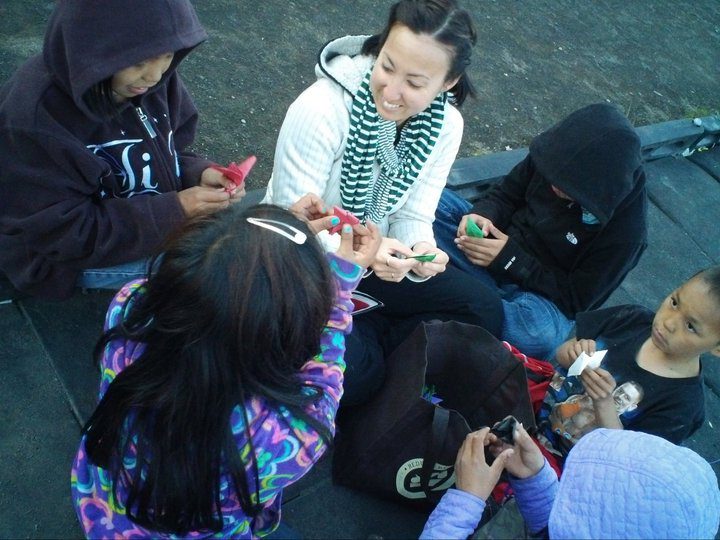
Given the open-ended question I posed, I was shocked to hear so many capable, vibrant, diverse, intergenerational leaders disclosing stories of secret struggles, performance pressures, and a universal lack of adequate time/space/bandwidth for personal healing. Grief, illness, and injury were common themes, though generally unrecognized as shared human experiences. Equally common were descriptors of shame and isolation in which such commonplace experiences were perceived as personal obstacles and potential threats to workplace performance. In many instances, individuals described near-Herculean attempts to minimize traumas, avoid interruptions to daily life, and fast-track their return to business as usual. Rather than adopting intrinsic markers of personal health and well-being, time and again folks described internalizing cultural pressures to deny or compartmentalize emotional fallout. From a purely bottom-line, organizational perspective, pervasive stressors such as these inside a workforce inevitably translate to increased health care costs due to stress-related illnesses and additional dollars spent replacing and retraining valuable, but burned-out, personnel.
There was one notable exception. Some of the staffers at Returning to Harmony (RTH), a collective of elder Native healers and multicultural allies working in Alaska, shared with me their refreshingly different and inspiring perspective.
“We must first be well before we can do the work of the people.”
This is RTH’s guiding principle and it illustrates the organization’s clear, prioritized investment in the overall health of the individuals that make up its healing collective. Representing Alaska Native and indigenous Mexican tribes, this group of eight to nine core allies meets regularly—both formally and socially—to plan, debrief, gather resources, and determine next steps. Their community projects vary widely, from providing one-on-one social support/Native food service for elders hospitalized hundreds of miles away from friends and family, to gathering and researching patterns in the spoken history of an entire community, as shared with the team by individual community residents. The organization tackles long-range community healing in rural Native villages across Alaska, paying particular attention to communities that are suffering from compounded generational trauma and high rates of suicide.
Alaska consistently holds one of the highest rates of suicide in the country. In 2014, Alaska Native males died by suicide at rates four times the national average. In particular locales, this rate grows to nine times national averages. Given such challenging social-emotional terrain, it’s worth mentioning that the sheer exuberance and joy of each healing team member is continuously palpable. RTH’s members demonstrate familial-level relationships that have withstood even the toughest individual life circumstances. Making the mental and physical health of RTH’s own staff a priority, the founding members of this organization have worked together in this challenging field for over 30 years. The strength of the group’s connection has similarly allowed them to mobilize quickly, becoming frontline emotional support providers, for instance, at a death by suicide in a public place during the 2016 Alaska Federation of Natives Convention, held in Anchorage.
Seeking further insight on the issue, I dug in with RTH member Laura Castaneda, who has a master’s degree in social work, to discuss the group’s unique perspective and the potential for applying that perspective to outside individuals and organizations. I wanted Castaneda to tell me more about RTH’s “we must first be well” approach.
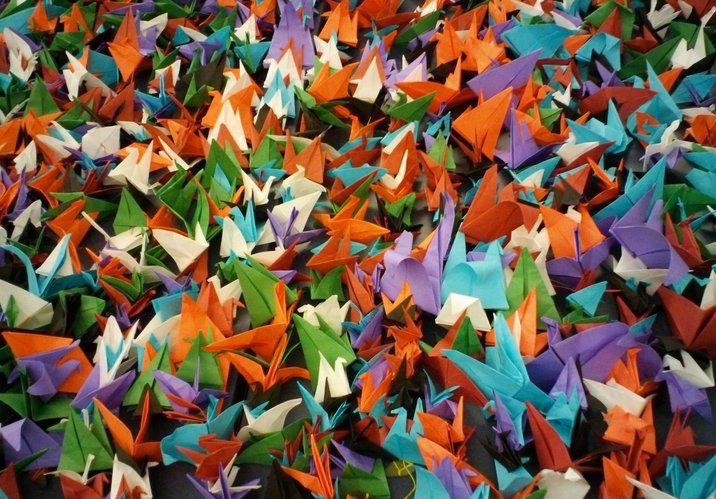
“It doesn’t mean you stop doing the work,” Castaneda explains. “It means you must be well. We hold the memories of our past that get in the way because we are self-protecting . . . they come up as triggers.”
Immediately, I think back to my own early experiences volunteering in the field of suicide prevention. When I moved to Alaska in 2001, I was ignorant of the pervasive impact of suicide death across the state. Since then, the suicide rates have steadily increased. A recent public health bulletin released by Alaska’s Department of Health and Social Services lists suicide as the leading cause of death for Alaskans age 10 to 64. Growing national trends mean more people across the country are similarly burdened with the stigma-laden, socially isolating grief associated with this particular trauma. In my own circles, living in Alaska meant grieving the suicide attempts and deaths-by-suicide of as many as three friends annually, relentless waves of trauma that left me feeling overwhelmed and helpless.
During one artistic residency in the Bering Strait village of St. Michael, a region where suicide rates soared above the national average by a factor of seven, I witnessed the drowning death of a young man. Although the death was accidental, this tiny community had already lost 1 percent of its population to suicide in three short months. When a local schoolteacher spoke her fears that this new trauma might trigger another wave of suicide death, something shifted in me. I finally tried fighting back against the previously hopeless tide, engaging the schoolchildren in the act of senbazuru, or folding of 1,000 origami cranes. Our project gained global momentum over social media and the children and I were able to gift our completed cranes to the village less than one week after the young man’s death. Exposure from this event thrust me into the suicide-prevention spotlight, and I began to envision a larger purpose for the pain I’d experienced. I knew I wanted to make a positive impact back home in my Anchorage community, and I foolishly imagined the work alone could transform my relationship to these traumas.
‘we must first be well . . .’
I started informing others about the warning signs of suicidal ideation, a term that describes serious thoughts about taking one’s own life, and suicide plans and attempts. I empowered friends to adopt a language of compassion for those whose lives have been impacted by suicide. I touted the wonders of preventive mental health care and peer vigilance. I took press outlets to task for contributing to suicide contagion by printing means and methods of suicide death. I rattled off memorized numbers to all the crisis hotlines. I spoke at conferences, shared my story with community leaders, and received grants to develop this work. All the while, I mistook these actions for truly transformative work. I fancied myself something of a phoenix, rising from grief’s ashes. In reality, I was just another wax-winged Icarus on a collision course with the sun, a suicide statistic in the making.
After the first year, I began to recognize my own depression. I never questioned the work. Instead, I doubled down. I left Alaska, holed up on a family farm, and accepted a humanities grant to turn the story about St. Michael and the 1,000 cranes into a memoir. It wasn’t long before, as Castaneda might have predicted, all of my unexamined triggers began lighting up like paper cuts dipped in lemon juice. Within months, I was exhibiting every suicidality warning sign, and yet this community service loophole was so effective, I simply thought I wasn’t working hard enough. By year three, I was in a full-blown battle for my life following an acute depressive event brought on by PTSD, a morbid souvenir of compounded, unexamined trauma. “We must first be well…”
My informal poll, with which I began this article, lets me know that I am not the only one to harbor a wellness blind spot. At an individual level, this might look like failing to acknowledge that we have used counterproductive methods, such as substance abuse or workaholism, to cope. It could mean ignoring possible warning signs of compassion fatigue, like insomnia and depersonalization. It could mean crafting an identity around hardship, connecting with others only insofar as they reinforce these negative associations. Inside an organization, this might mean chronically scheduling back-to-back meetings or breezing past potential causes of high employee turnover. When additional stressors arise, as they inevitably do, individuals suffer and organizations pay a premium, not only in support costs for health care and turnover, but also in worker productivity, employee job satisfaction, customer loyalty, and other markers of a healthy organization.
approaches to healing trauma
The Culture of Caring resource compiled by the Stewards of Affordable Housing for the Future (SAHF) offers numerous entry points for more mindful restructuring. From assessment strategies to program support, trauma-informed approaches and trainings to de-escalation interventions, even a self-care starter kit, this compendium of resources provides an array of practical, evidence-based tools for identifying and beginning to repair potential social, emotional, mental, and environmental stress fractures. Many of these tools, and the research that supports them, can certainly heft some strategic counterbalance to a defensive “if it ain’t broke, don’t fix it” model of employee care.
“If we have a system in place that helps us bring harmony,” Castaneda explains, “then we can adjust and find our balance again.”
But where to begin? What is the best way to utilize resources such as SAHF’s Culture of Caring database? In further examining Returning to Harmony’s guiding principles, it’s worth noting at least one more fundamental difference in perspective.
Describing RTH’s foundational approaches to community engagement, Castaneda says the group works “at a rural and indigenous level. We help to illuminate ancestral knowledge and wisdom. Everything we do pivots from there. . . . We use a relational worldview.”
Formally outlined by Terry Cross, founder and senior adviser of the National Indian Child Welfare Association (NICWA), the relational worldview applies a universal model of balance equally to individuals and family systems, as well as organizations. Castaneda helped to develop NICWA’s organizational adaptation of this indigenous framework when she worked for the nonprofit. Within this relational structure, individuals, family systems, and organizations are viewed as cyclical wholes made up of four quadrants: mind, body, spirit, and environment. Western perspectives trend toward linear and compartmental models, such as individual events highlighted on a timeline, upwardly mobile hierarchies, diagnosis/treatment protocols, even the independence-exalting, bootstrapping tale that is the hard-won American dream. In contrast, a relational worldview’s defining symbols of cycles and circles more readily highlight holistic concepts such as interdependence, contextual awareness, concurrent diversity, and equality. The four quadrants are therefore elemental substructures, recognized at all levels and in all aspects, from the micro- to the macroscopic component.
“Relational worldview understands that every part of the quadrant is interconnected and that each part affects the whole,” says Castaneda. At an individual level, this holistic framework might be applied to help identify and target elements operating out of balance. For example, through this framework, a bout of insomnia could be interpreted as difficulty quieting a racing mind. Targeted relaxation exercises could then be utilized to soothe the mind and help restore balance to the whole.
At an organizational level, each of these quadrants correlates as follows: The mind is represented by an organization’s infrastructure and all things making up this infrastructure, e.g., policies/procedures and strategic plans. The body refers to organizational resources, both human and capital, as well as allies and champions at all levels. Spirit is the mission and vision of an organization, and the organization’s environment takes into account organizational context and positionality, e.g. where is this organization located physically, politically, economically, and socially?
“Human beings seek balance all the time,” says Castaneda. In contrast to Western linear cause/effect modalities, which diagnose and treat problems independently as they arise, this relational perspective explicitly includes the assumption of positive momentum in a healing direction. This is both a subtle and powerful shift. From medicine’s placebo effect to education’s growth mindset, scientific research has consistently demonstrated the very real and measurable impacts of a positive outlook on desired outcomes. Relational worldview, as described by RTH, applies this same thinking to the organization itself.
“If you superimpose the individual into the organization,” explains Castaneda, “what you find is a living organism.” For all the controversy surrounding the elevation of corporations to sentient status, RTH’s perspective goes beyond end-gaining tax incentives to reveal the humanity inherent within any human collective. Assuming organizational momentum toward balance and homeostasis, it becomes easier to see why deliberately adopting this relational worldview is a necessary and beneficial precursor to applying the tools listed in SAHF’s Culture of Care compendium.
This is an important distinction, especially given the current focus on trauma-informed care. Trauma-informed care is an approach to treatment that seeks to respond to individuals and circumstances, taking into account prior experiences of trauma potentially impacting a given situation/behavior. Influenced by research like the Adverse Childhood Experiences study conducted by the Centers for Disease Control and Prevention, which assessed correlations between childhood abuse and neglect and health/well-being later in life, a trauma-informed approach influences current practices in fields that include law enforcement and education.
In an article, “The Future of Healing: Shifting from Trauma Informed Care to Healing Centered Engagement,” Shawn Ginwright, Ph.D., points out the potential downsides of using a deficit-based perspective to inform care. Ginwright notes contextual blind spots that can arise from targeting and mitigating individual experiences of trauma, rather than seeking to address said trauma’s individual and/or contextual root causes. This is particularly relevant whenever trauma is experienced collectively across neighborhoods, families, and schools. Additionally, Ginwright warns against superimposing a pathological structure onto healing practices inasmuch as such a filter may inadvertently limit “effective” care to acute triage of notable symptoms. From personal experience, I might go one step further to imply that the trauma we hold clouds our perspective, potentially leading us to treat externally what we are experiencing internally. This could mean seeking to prevent/mitigate communitywide impacts of a personal trauma, whether this trauma is actively reflected in our communities.
What Ginwright proposes instead is a “healing-centered approach” involving “culture, spirituality, civic action, and collective healing.” He further advocates for expansion “from a treatment-based model which views trauma and harm as an isolated experience, to an engagement model which supports collective well-being.”
This is the contextual shift inherent in the relational worldview adopted by NICWA and RTH. The recognition of individuals in context with explicit acknowledgment of interdependence at all levels provides an organization with numerous entry points to boost individual and collective well-being simultaneously. In contrast with a linear approach, adjusting singular causes toward singular effects, relational worldview drops healing pebbles into the organizational pond, while carefully observing the concentric benefits. This constant interplay between evaluating acute individual trauma and its greater container, between interpreting the health of individuals alongside those individuals’ numerous touchstones, is dynamic and evaluative. As resources are deployed, formative assessment is also carried out, allowing adjustments and adaptations to be made in response, meaning that information gathered during interventions, mitigations, wellness supports, and other interactions helps to ensure efficiency and better resource management in the future. “We must first be well…”
Coming full circle through relational thinking, we can reframe the stressors described by community leaders at the start of this piece. Recognizing the linear polarity between caring for oneself versus caring for others, we begin to see such struggles as emblematic of the tensions inherent in the linear worldview. In the words of Terry Cross, “In the linear model, we are taught to treat the person, and in the relational model, we are taught to treat the balance.”
Recognizing ourselves and those around us as operating out of harmony, rather than dysfunction, we are better positioned to maintain our self-worth, to harness empathy, and to retain big-picture thinking, even as we intervene. Applying these insights to my own life has led me to soften my need to find the purpose to the pain I have experienced. No longer chasing death as means of connection, instead I am driven to elevate opportunities for joy and accomplishment, restoring my sense of balance and sharing in the abundance.

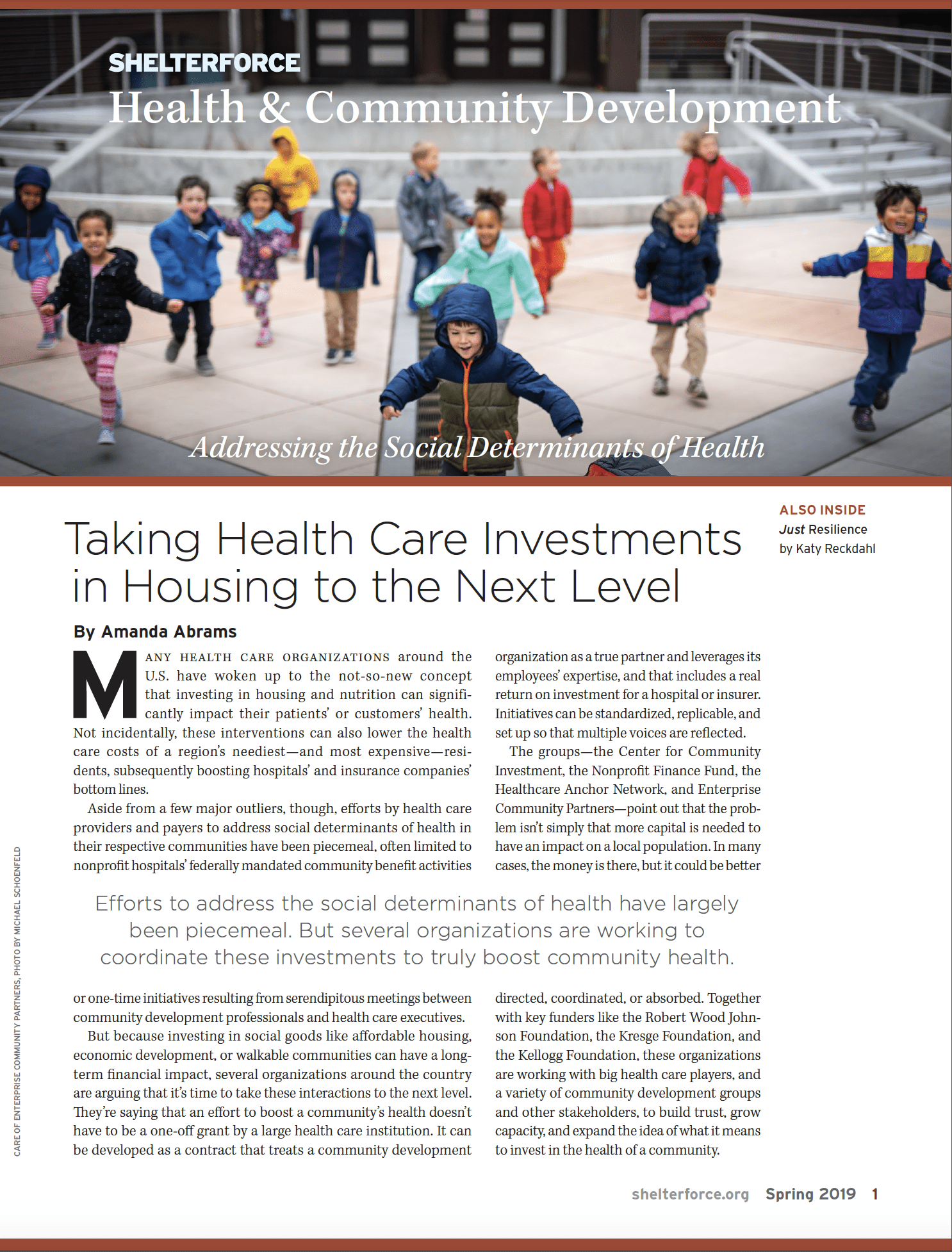
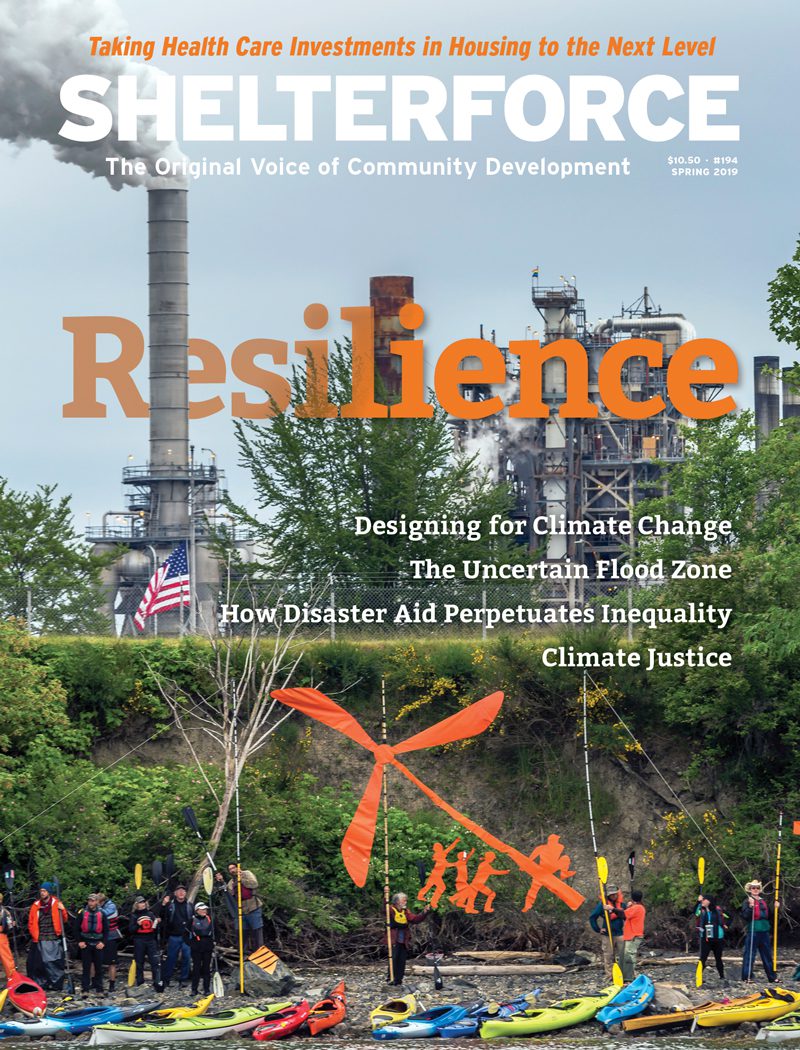
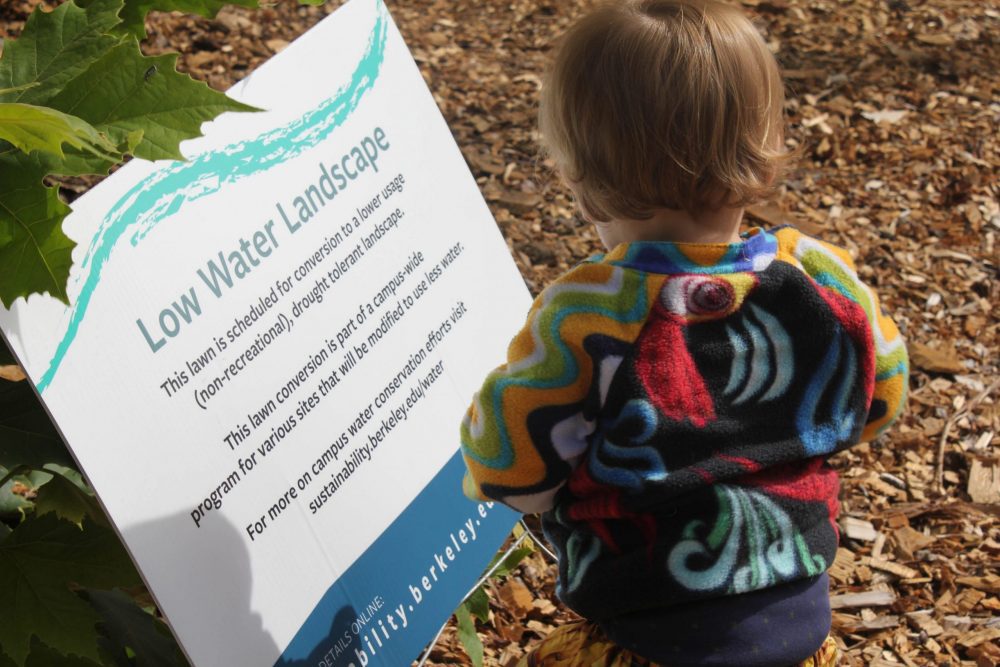
Comments